By Ayden Schirmacher, Boston University student
As someone who grew up on the west coast of the United States, the ocean has always been a part of me. I think it was something I took for granted, that it was always going to be there, and maybe I didn’t visit as much as I should have. But as with many young people, there are often any number of other things more pressing than staring into a watery horizon. As I have gotten older though, I find myself understanding more and more why everyone from poets to real estate moguls to scientists have been captivated by the ocean, recognizing its value and potential.
I’ve had time in excess during this cruise, given that our transit was a substantial eight days from Woods Hole to the Irminger Sea, and most of my work on the ship had to do with CTD casts. Yet for this whole time, there have been very few moments of silence, maybe three colorful sunsets, and only a few days of smooth waters. The sun has been coming out more recently – my new favorite color is just “ocean” – but for the most part we have been in a dense fog on choppy seas. The result is a veritable cocoon of water, both underneath and around us, narrowing the possibility of sight to what is right in front of you. Still it is amazing what you can see in that tiny bubble – fin whales approaching from the starboard side! Fulmars flying behind! The buoy is bobbing away into the fog, can you see it go? I love it.
As a first-time sea-goer and student, I have learned so much and had my eyes opened to some pretty amazing work. It has made me think a lot about the reciprocal relationship of humanity to the seas, a relationship which still contributes to the sustainability of the global population today through providing opportunities for livelihoods and resources. However, as we already know, it has been impacted by climate change. There are rising sea levels already posing a real danger to millions of people, on top of the decimation of marine ecosystems and biodiversity.
There is an idea that I love, that climate change impacts life on the planet, but not the existence of said planet. It is a horrific tragedy, the destruction our species is wreaking, but I find there is something comforting about the knowledge that the planet, and its oceans, will be around a lot longer than we can comprehend. The permanence of it all is awe-inspiring. It’s an idea that has big implications and is a little hard to wrap one’s head around sometimes. But it becomes a lot easier to get the point when on a not-insignificantly sized vessel, getting rocked around by 3-meter waves, which in the grand scheme of things isn’t even that bad.
That being said, it’s obvious that the destruction of life on this planet is awful. So it gives me hope that people are actively working to study and preserve the ocean and its systems. The operations carried out by the teams aboard the Armstrong are complex and difficult, but so far have been
conducted with a capability and efficiency that are most admirable. From the deck crew to the Chief Scientist, the impression is of a well-oiled machine actively working to ensure the scientific community and the public have access to the best data possible. Oceanography is a very special facet of that human-sea relationship: a way of understanding, but the ocean fights you while doing it. You have to earn the knowledge, which I think is quite beautiful.
I like knowing that while we may be floating in our little fog bubble in the Irminger Sea, the implications and impacts of the work being done here are far-reaching and important. Thus far, I have had one of the best months of my life. The ocean is certainly inspiring, both of fascination and a healthy dose of fear, and I am glad to be a part of at least a small part of the work being done to understand it better.
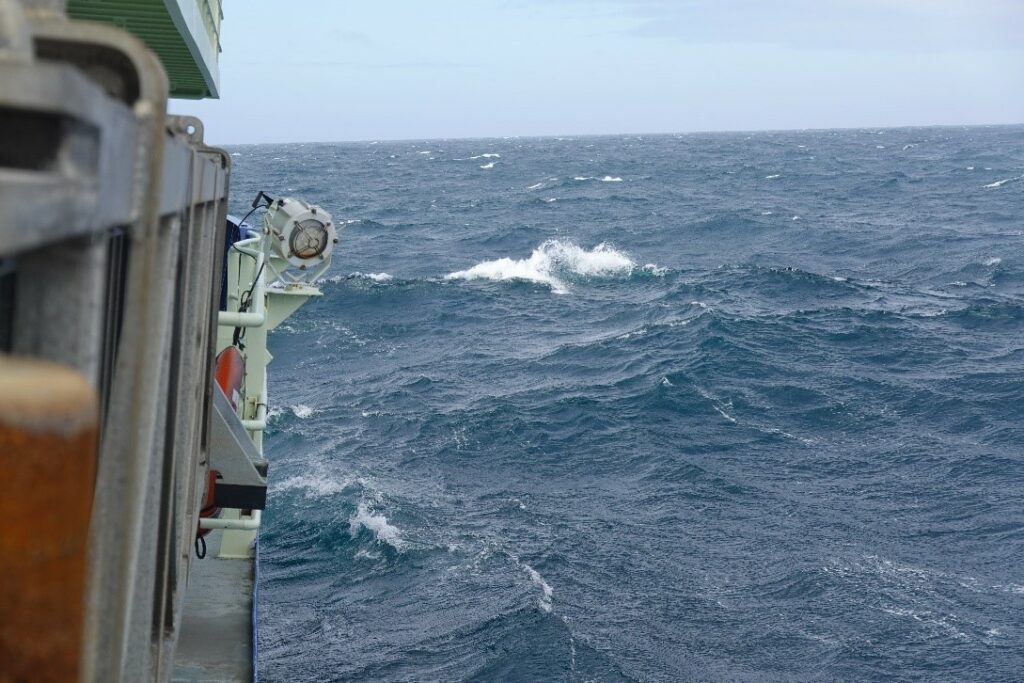
June 13, 2024 – The first rough seas of the trip. Image taken from the starboard side of the ship, facing the bow. Seas this day were an average of 2.5m.
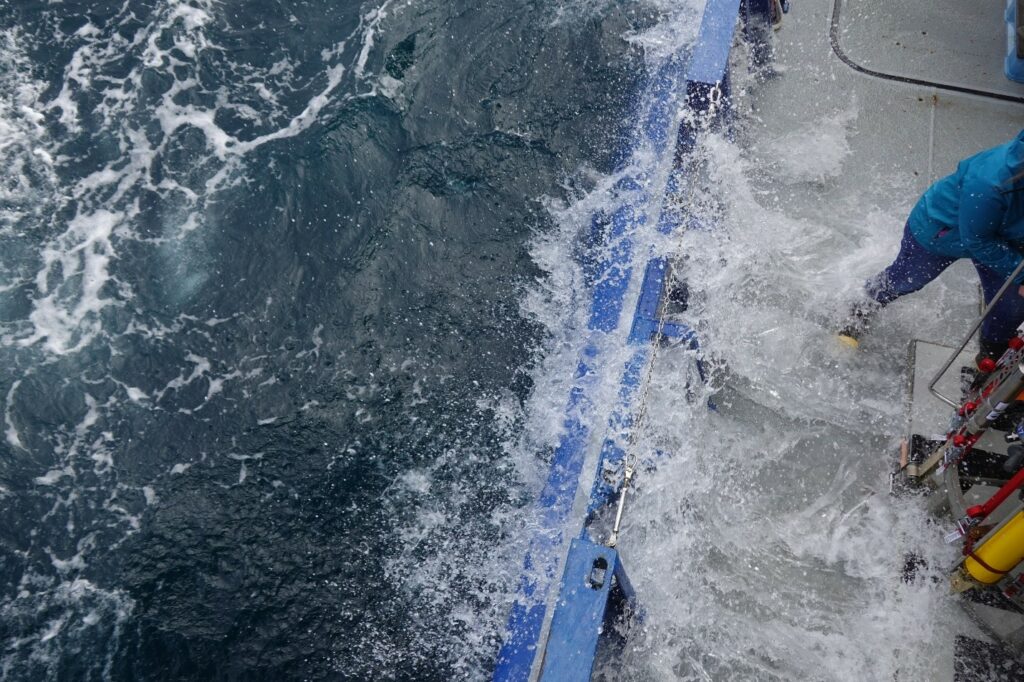
June 13, 2024 – Waves crashing over the side of the ship as work is being done on the CTD/Niskin rosette. Sampling in these conditions is not for the faint of heart!
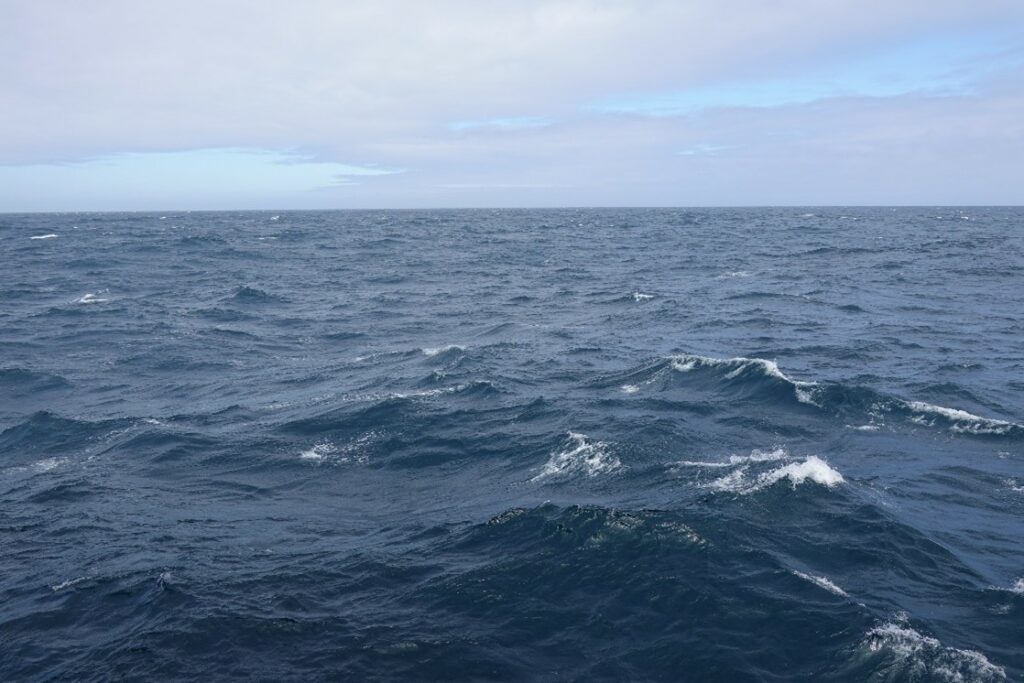
June 13, 2024 – Panoramic view of the waves during the middle of the day. Fast winds make for the whitecaps on the waves.
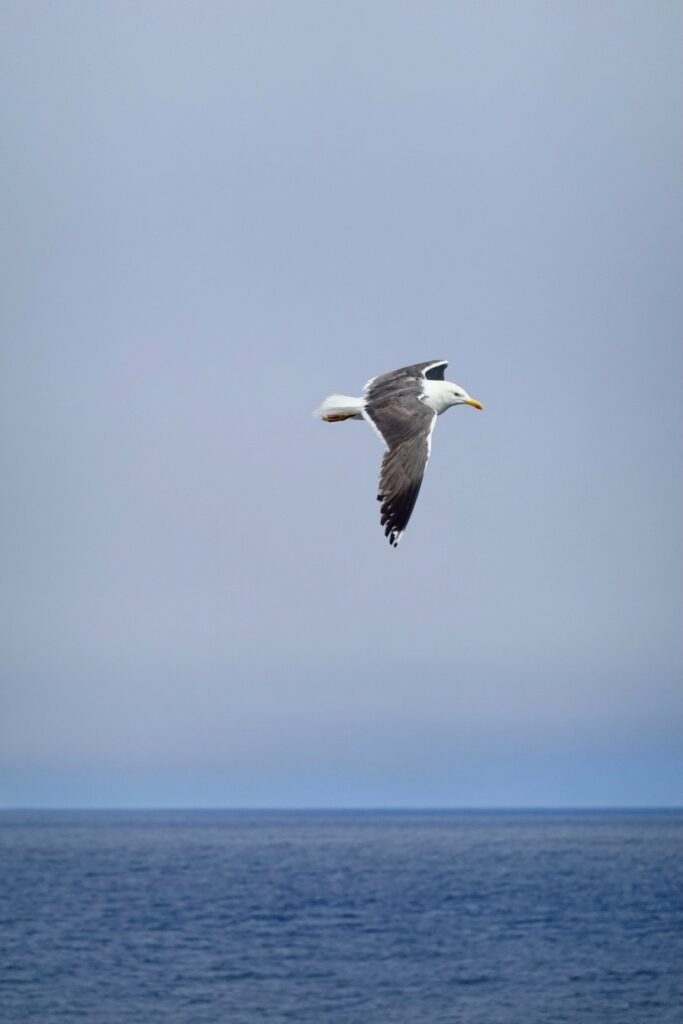
June 16, 2024 – Even though they don’t like to land on the ship, the sea birds frequent the skies and seas around us. Sometimes they get close enough to see every feather!
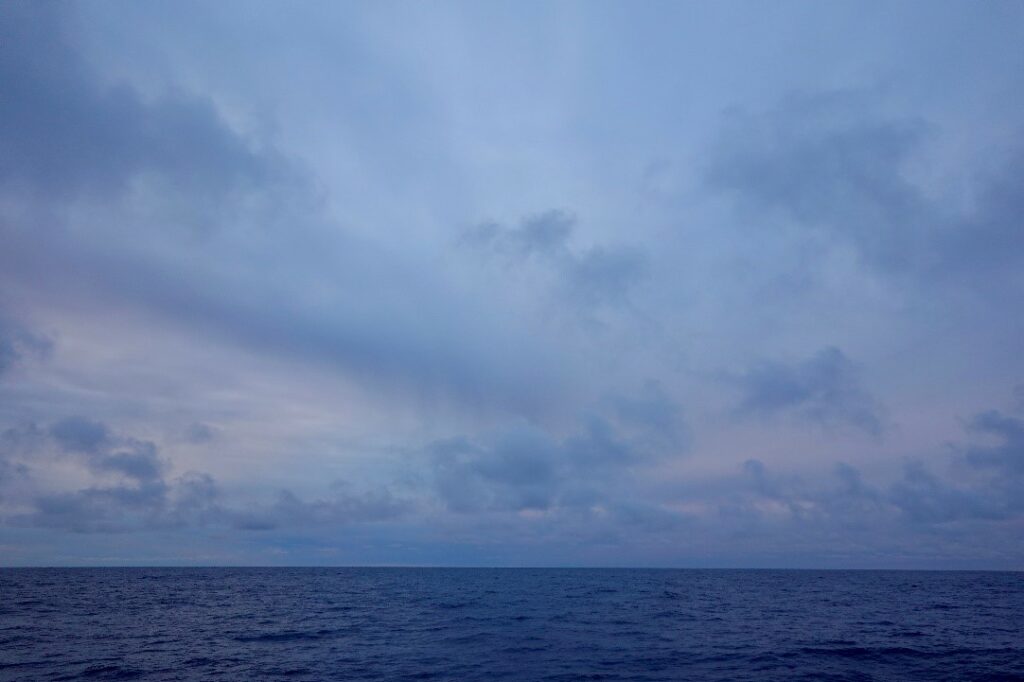
June 20, 2024 – Occasionally the sun will be out during the day, but tends to go away in the afternoon behind fog. On this day, the clouds were broken enough to see some light, and the clouds ended up looking like an abstract version of the Northern Lights.
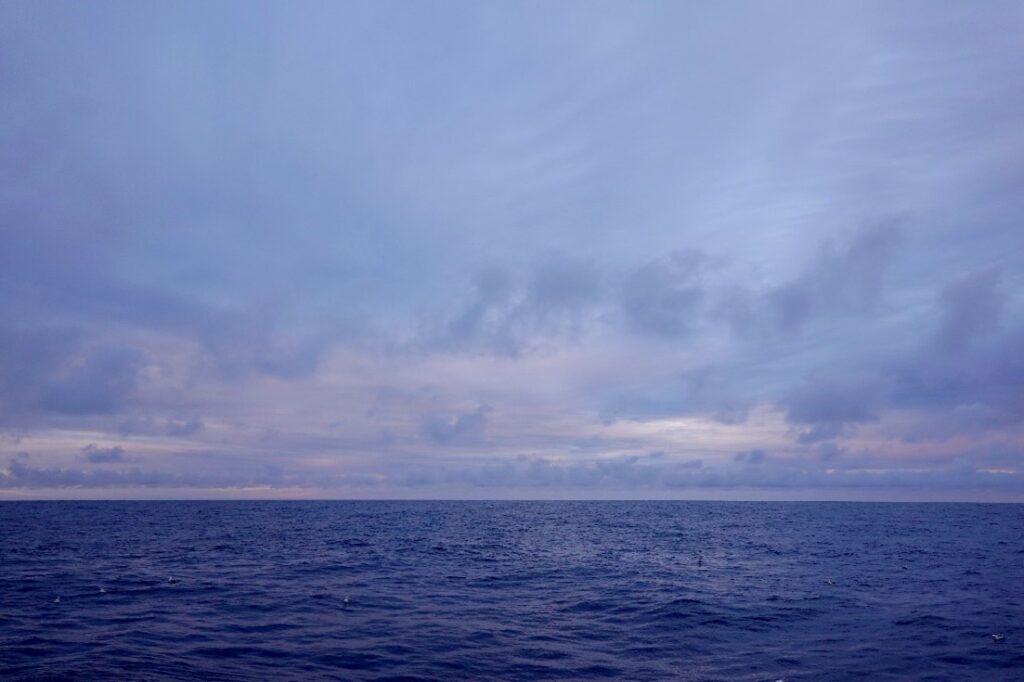
June 20, 2024 – This far north, the skies may not have the traditional orange sunsets, but the purples are just as beautiful. The rarity of having a colorful sunset just makes you appreciate it even more!
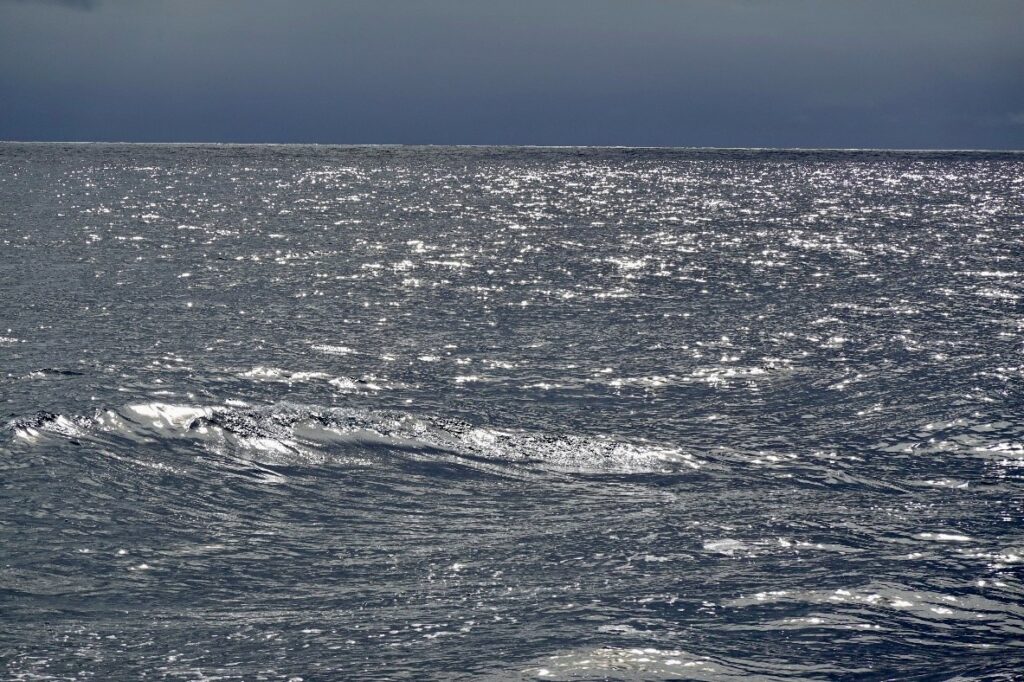
June 21, 2024 – My new favorite color is “ocean”. On this day, the sun came out in slivers, but lit up the sea so that it became a beautiful blue/purple/silver color.
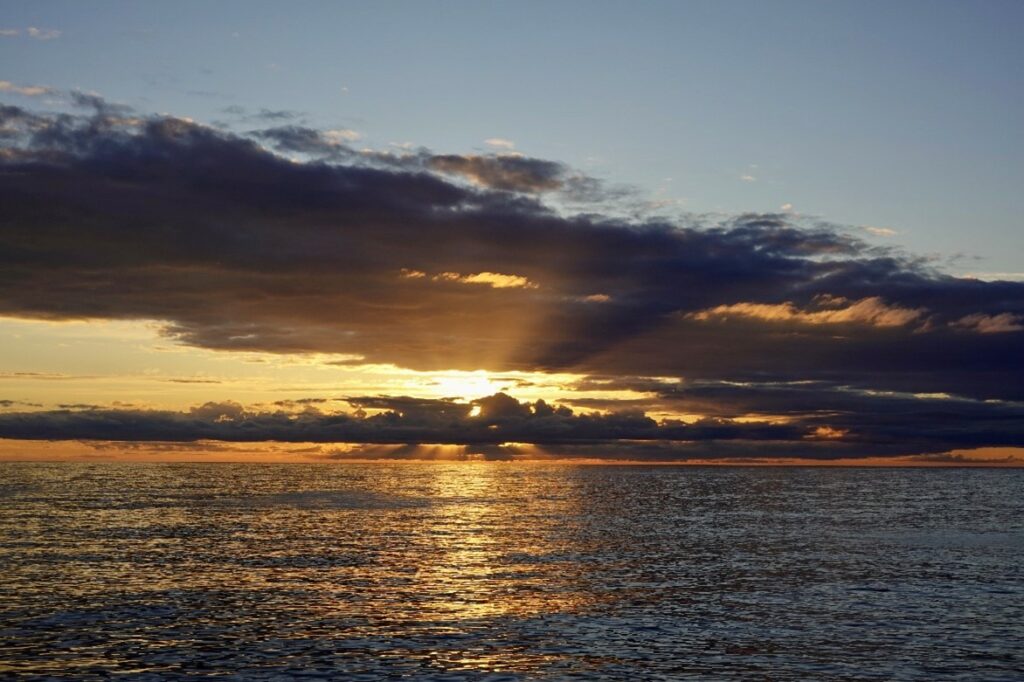
June 03, 2024 – the last “real” sunset of the trip, on our second day at sea. Ever since then, we have been too far north to really see the sun go down at a reasonable hour.
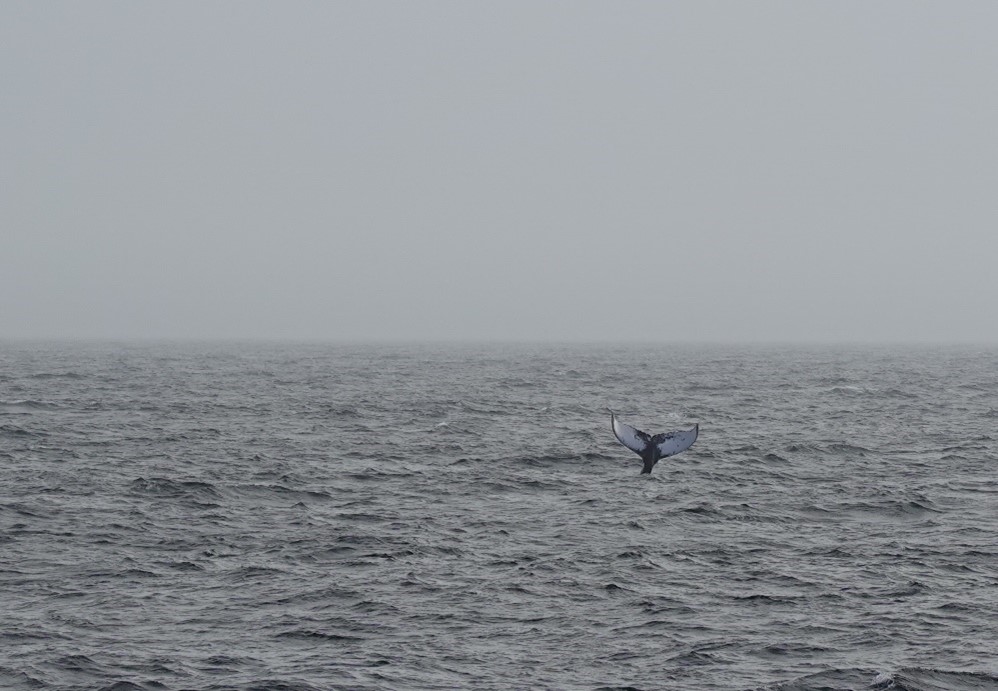
June 04, 2024 – A humpback whale flips its tail up at us as we sail past.
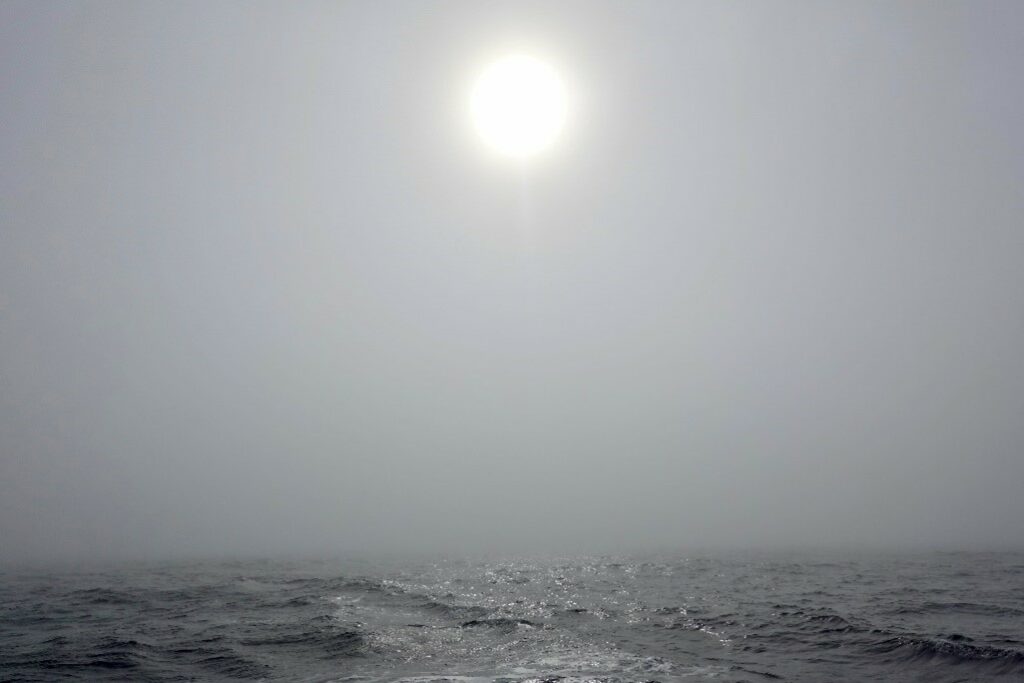
June 06, 2024 – The dense fog creating a grey wall. But it’s beautiful in its own way.
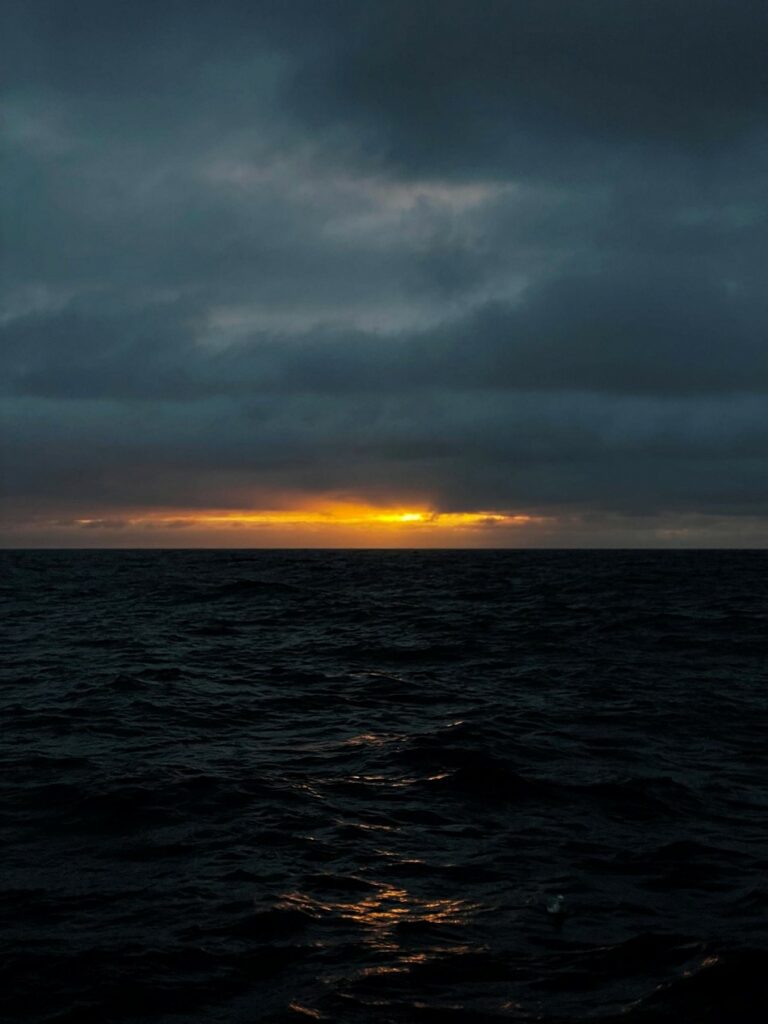
June 22, 2024 – Sometimes the sun peeks through if you can catch it at the right time.